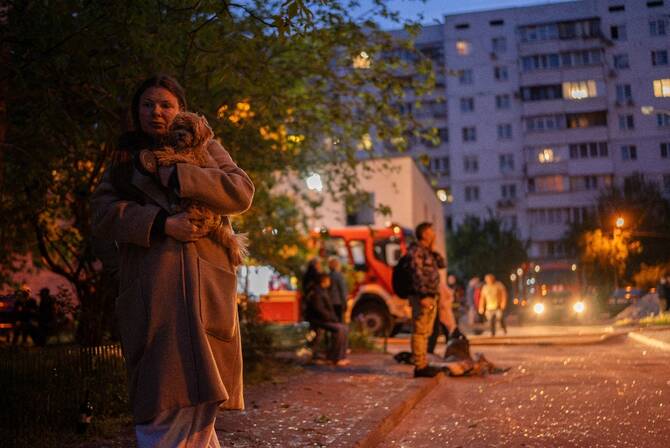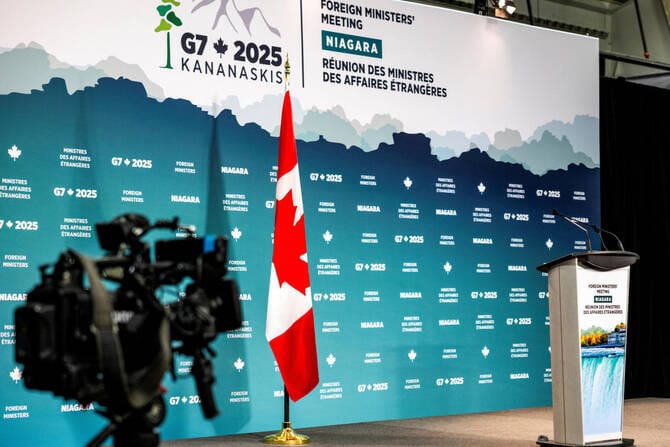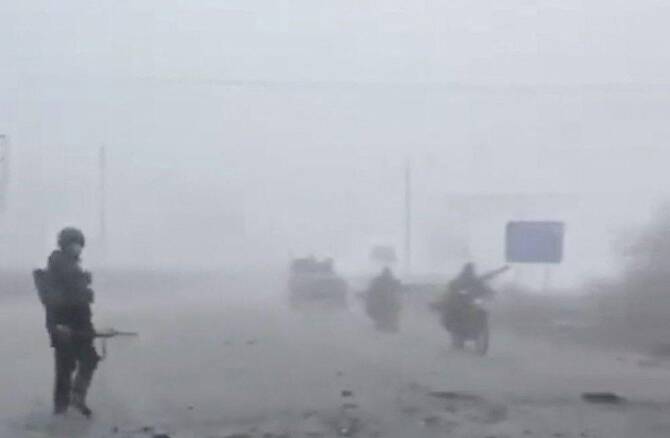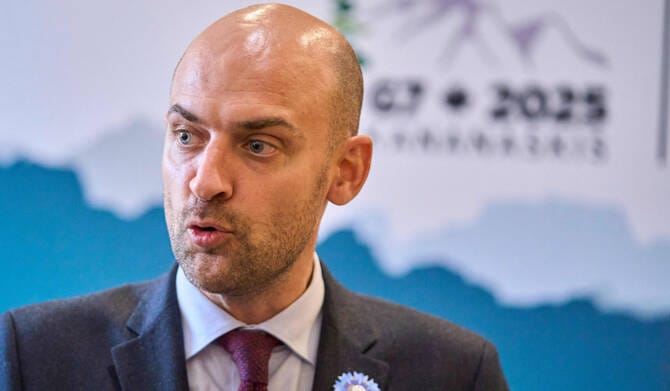A wave of massive Russian aerial attacks has stretched Ukraine’s air defenses, raising fears about Kyiv’s reliance on Western systems to protect its skies in the fourth year of Russia’s invasion.
As the two sides open peace talks and Kyiv pushes for an immediate ceasefire, Moscow has launched its heaviest air assaults of the war, pummelling Ukraine with more than 900 drones and 90 missiles in a three-day barrage last weekend.
Ukraine downed over 80 percent of the incoming projectiles, but more than a dozen people were killed.
Experts worry how long the country can fend off the nightly attacks if Russia maintains — or escalates — its strikes.
“Ukraine’s air defenses are stretched thin and cannot guarantee protection for all cities against persistent and sophisticated Russian attacks,” military analyst Franz-Stefan Gady told AFP.
Russia’s drone and missile attacks have become more complex — and harder to thwart — throughout the war.
Kyiv’s air force says around 40 percent of drones launched recently are decoys — cheaper dummy craft that mimic attack drones and are designed to exhaust and confuse air defenses.
Russia increasingly sets drones to fly at a higher altitude — above 2,000 meters (6,500 feet) — and then dive down onto targets.
“At that altitude, they’re more visible to our radars but unreachable for small arms, heavy machine guns and mobile fire teams,” air force spokesman Yuriy Ignat told RBK Ukraine.
In addressing the threat, Ukraine is trying to strike a balance between pressing the West to deliver new systems and not wanting to concern a war-weary public at home.
“There’s no need to panic,” a Ukraine military source told AFP.
“We’re using all air defense systems that are available in Ukraine now, plus helicopters and aircraft. We are fighting somehow,” they said.
Moscow has the capacity to fire 300 to 500 drones a day, Ukrainian President Volodymyr Zelensky said earlier this week.
“By scaling up the use of Shaheds, they are forcing us to resort to expensive options,” military analyst Sergiy Zgurets said, referring to the Iranian-designed drones that are packed with explosives to detonate as they crash into buildings.
“This is a war of attrition that must be based on economic grounds — we must shoot down Shaheds with less sophisticated alternatives,” he said.
Ukraine uses several tools to protect its skies — from advanced Western fighter jets and air defense batteries like the US-made Patriot anti-missile system, to small mobile air defense teams armed with guns.
New technology has also become vital, such as the electronic jamming of drones to make them drop from the sky.
Increasingly, interceptors are being deployed — smaller, cheaper drones that take on enemy drones mid-air.
“We are already using them. The question now is when we will be able to scale up,” Zelensky said of the interceptors.
He too sees the issue as one of economics.
“The question is no longer about production capacity... It is a financial issue,” he told journalists.
Beyond drones, Russia is also deploying super-fast ballistic missiles, which are much more difficult to intercept.
“The biggest vulnerability lies in defending against ballistic missiles,” said analyst Gady.
A midday strike last month on the northeastern city of Sumy killed at least 35 people, while a hit near a children’s playground in Zelensky’s home city of Kryvyi Rig left 19 dead, including nine children.
To fend off ballistic missile attacks, Ukraine relies on a small number of Patriot systems.
They are concentrated around Kyiv, leaving other areas more exposed than the relatively better-protected capital.
Gady said the current supply of missiles for them is “sufficient” given the level of Russian strikes at the moment.
“But it is generally insufficient when compared to Russian ballistic missile production.”
Ukraine also faces potential shortages given delays in US output, according to Zgurets, creating “gaps” in Ukraine’s “fight against enemy hypersonic targets and ballistics.”
Deliveries of other key Western systems are expected over the next 18 months, but uncertainty is high given President Donald Trump’s criticism of aid for Ukraine.
US packages approved under predecessor Joe Biden are trickling in, but Trump has not announced any fresh support.
“Delivering air defense systems to us means real protection for people — here and now,” Zelensky said in a recent call for Western backing.
On a visit to Berlin on Wednesday, he said: “Defending our cities requires constant support with air defense systems.”





